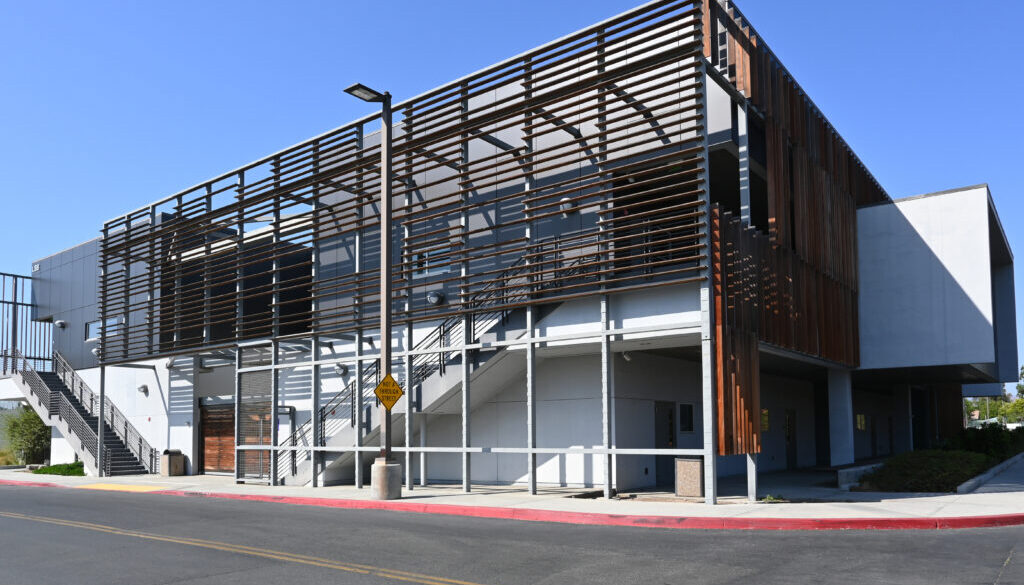How to Start A Rec Center: A Church’s Journey to Community Engagement
Starting a rec center can be an exciting and impactful venture, but knowing how to start a rec center requires careful planning and clear vision. In this case study, we explore how a church successfully launched a rec center to serve its community. From creating rental spaces to implementing a pricing structure, this church’s approach can provide valuable insights for anyone looking to start a rec center that interacts with the community.
Why and How to Start A Rec Center
When considering how to start a rec center, it’s crucial to identify the motivations behind the decision. For this church, the goal was to create a space that would attract new members and serve their community. The community needed a multi-purpose facility that could be rented for various uses. For example, this could include sports team practices, book clubs, and other community gatherings. With this in mind, they built a rec center that had the flexibility to meet the church’s needs as well as benefit the surrounding community.
Structuring The Center’s Pricing
To accommodate the different types of users allowed to rent the center, the church implemented a three-tiered pricing model for the rec center:
- Member Pricing: Discounted rates for any individuals who attend the church
- Teams and Organizations (Non-Profits): Special pricing for community groups and any non-profit organizations
- Non-Members: Standard pricing for the general public
This pricing structure allowed the center to remain accessible to the community while ensuring financial sustainability. Additionally, members received more benefits, such as advanced booking, making it more affordable for those actively involved with the church.
Facility Rental Options
The church designed the rec center primarily as a rental space with a few rental options. These include:
- Event Spaces: The community can rent the space for events (like a book club), or teams can practice within the space.
- Camps and Classes: The center hosts community-oriented programs (such as CPR training) to benefit the community.
- Amenities: The center provided essentials such as a kitchen, table, and chairs, with the event rentals.
- Insurance Policy: If organizations rented the facility, they were required to have an insurance policy that named the church for protection.
- Facility Access: Their scheduling software included an access system for the facility, sending an access code to users at the time of booking. This ensures smooth entry for clients at the time of their scheduled event.
Simplified Administrative Management
The church wanted to streamline its operations and reduce burdens on the administrative staff. Therefore, the church started looking for and then implemented eSoft Planner’s scheduling and eCommerce management system. This allowed for:
- Online Registration and Scheduling: Users could easily book space and register for events at any time, making it convenient for their clients.
- Automated Payments: With a prepaid system, they eliminated the need for invoicing and ensured a steady cash flow.
- Reminders to Church Staff: Automated notifications help keep the church staff informed about upcoming bookings.
How to Start A Rec Center: Final Thoughts
Starting a rec center requires thoughtful planning, clear goals, and a strong commitment to community engagement. By creating a space that serves both local organizations and individuals, your rec center can become a thriving hub for the community. If you’re looking for expert guidance on how to start a rec center, we’re always willing to help! Talk to us today.



